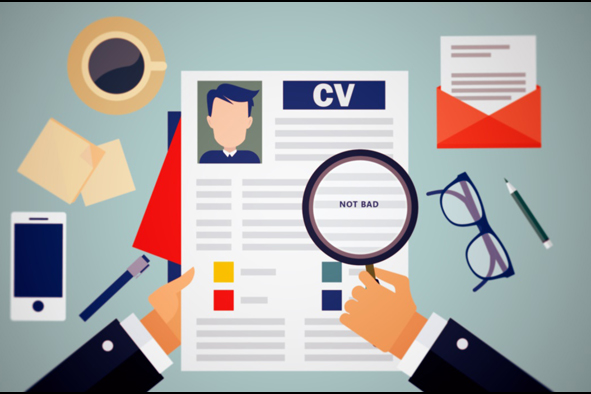Newsroom
News

Resume Tips
Your resume is a sales document first-and-foremost, and it must package the product - YOU - in the best possible way. The purpose of the resume is to win you an interview.
On average, a recruiter will spend only thirty seconds screening a resume, so this is not a lot of time to ‘sell’ you. As such, it is very important to remember that one size does not necessarily fit all – your resume should be tailored to suit the specific requirements of the job you are applying for. By doing so, you will enable the recruiter to more easily and quickly see how your skills and experience align with the requirements of the job. Whilst this will not be as critical at this early stage of your job search (due to your limited work experience), it will become more so as you build experience, skills and qualifications.
DO:
- Make your resume specific to the job and reasonably brief. For recent school leavers, 1-2 pages is appropriate.
- Put your contact details on the first page, front, top and centre!
- List your relevant details in reverse chronological order (ie current or most recent job first).
- Include your achievements, not just your responsibilities for any work, sporting or school experience. For example, “member of school committee that raised over $500 for local charities”, “awarded Best and Fairest for U17 team”. Think about how you have added value to school, work, home, sport or volunteering – this communicates what you can offer an employer.
- Put personal details at the end of the resume if you must (eg gender, date of birth), but note that they are generally not relevant to the job and are not required.
- Send your resume in Microsoft Word format - it is probably the most universally accepted package.
- Invest time in ensuring there are no spelling errors and that the formatting is consistent. There is nothing worse than citing ‘attention to detail’ as a strength, for example, and then having spelling errors in your resume.
- Use bullet points and white space to assist in the presentation.
DO NOT:
- Send photographs – whether we like it or not, assessments based on looks still occur.
- Use cartoons or other graphics in your resume. A drawing does not look professional.
- Use hard to read, non-standard fonts. Keep it simple and use Arial or Times New Roman only. Fancy headings and fonts are distracting and sometimes cannot be read all that well.
- Use colours - a resume is a business document and whilst it needs a sales pitch, avoid gimmicks.
- Password protect your resume - you need to make it as easy as possible to view it.
- List every training course you have ever attended/hobby that you have - list only those relevant to the job. Cake decorating will not help your application for a Mechanic role, but may be highly relevant to a position at the bakery, for example.
- Include a cover page or binding – it is not necessary and often annoys the recruiter having to move past it to get to the important information, or to remove it from binding to make a scan/copy.
- List strengths or personal qualities – a shopping list of strengths/attributes such as “team player”, “outstanding people skills”, “hard working”, “safety conscious” etc add no weight to your application; the person recruiting for the role will decide if you are any or all of these things and the list is typically ignored. Anyone can provide a list of so-called strengths – you need to focus on providing specific examples under each role as achievements that demonstrate personal attributes. For example, if your resume included “member of school committee that organised a calendar of events for all students, resulting in $500 raised for local charities”, the recruiter will immediately know that you are team-orientated, have initiative and organisational skills, and are willing to give your time to others. This is far more powerful than simply listing attributes.
- List your job responsibilities – providing a brief overview of the core purpose of each position is ideal, but listing your job description for each job is not. The list may tell the Recruiter what your role encompassed, but does not necessarily tell them how well you did those things. Avoid providing long lists of dot point responsibilities under each job. You should aim to provide a three-line overview of the role, followed by a number of achievements for each position – this approach succinctly and effectively communicates the purpose of your role and how well you performed in that role.

